Top Beer Canning Machines in 2025
Benefits of Using a Canning System for Beer
For brewers, delivering that kind of experience depends on more than just good ingredients. It hinges on packaging too. That’s where modern beer canning machines step up.
First, cans offer unbeatable protection from light and oxygen, two of beer’s worst enemies. Plus, they’re lighter, cheaper to transport, and friendlier to the environment compared to glass bottles. Not to mention, canned beer chills faster. So, investing in a canning system helps extend shelf life, reduce spoilage, and expand distribution.
From a branding perspective, cans also offer prime real estate for colorful, standout labels that pop on store shelves. When done right, canning boosts not just preservation, but presentation too.

Key Features to Look for in a Beer Canning Machine
Picking the right beer canning machine is a bit like matchmaking. You want it to fit your workflow, match your production speed, and keep up without drama. So, what should be on your checklist?
Start with throughput speed. How many cans per minute can it handle? If you’re brewing at scale, you don’t want your machine slowing things down. Fill accuracy is another must. Nobody wants underfilled (or overfilled) cans leading to lost profits or regulatory headaches.
Automated vs. manual operation is a key distinction too. Manual systems are great for tight budgets or small batches, while automated lines save time and labor at higher volumes. Look for CO2 purging, seam integrity, and clean-in-place (CIP) capabilities for hygiene and quality control.
Lastly, think about scalability. Can the system grow with your business, or will it need replacing in a year or two?
Best Beer Canning Machines in 2025
The year 2025 is packed with high-tech wonders for the beer world. Below is a detailed breakdown of top performers that have gained traction among craft brewers and commercial outfits alike.
| Brand & Model | Output (CPM) | Fill Method | Automation | Footprint (sq ft) | Starting Price | Unique Selling Points |
|---|---|---|---|---|---|---|
| Wild Goose Evolution Series | 30-100 CPM | Counter Pressure | Semi-Automated | 20 | $65,000 | Modular upgrades, compact design |
| Codi CCL-45 | 45 CPM | Atmospheric Fill | Fully Auto | 25 | $95,000 | Consistent seams, integrated CIP |
| Twin Monkeys “Mamba” | 20-60 CPM | Counter Pressure | Semi/Full Auto | 18 | $72,000 | Compact, easy changeover |
| Oktober SL1 | 10 CPM | Gravity Fill | Manual | 6 | $6,000 | Perfect for small breweries, easy to use |
| Pneumatic Scale Angelus CB50F | 50 CPM | Counter Pressure | Fully Auto | 30 | $120,000 | High-end quality, scalable for growth |
Each of these machines brings something different to the table. The Wild Goose Evolution is like the Swiss Army knife of canners—modular, compact, and efficient. In contrast, the Codi CCL-45 is your dependable workhorse, prized for ruggedness and hygiene features.
If you’re just dipping your toes into the canning world, Oktober SL1 offers an ultra-affordable entry point with a no-fuss manual setup. Meanwhile, the Twin Monkeys Mamba stands out for versatility. And if you’re aiming to scale fast, Angelus CB50F gives you that industrial edge.
How to Choose the Right Canning Machine for Your Brewery
Choosing a beer canning machine isn’t a one-size-fits-all gig. It’s more like buying a food truck for your recipes—it’s got to fit your brand, your audience, and your ambitions. So how do you know which canner is your golden ticket?
Start by thinking about your production volume. Are you filling a few hundred cans a day or tens of thousands? Your answer immediately narrows the field. Then consider available space. Machines like the Oktober SL1 are tiny but mighty, while full-auto systems may demand a dedicated room.
Budget matters too, of course. But don’t just look at the sticker price. Weigh in long-term ROI from reduced labor, fewer misfilled cans, and better shelf stability. Lastly, think future-proof. Will this canner keep up if your brewery triples in size?
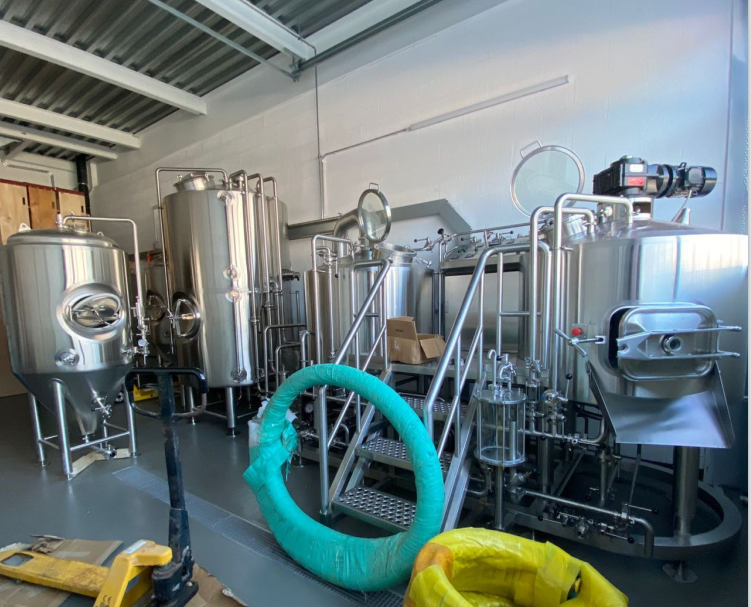
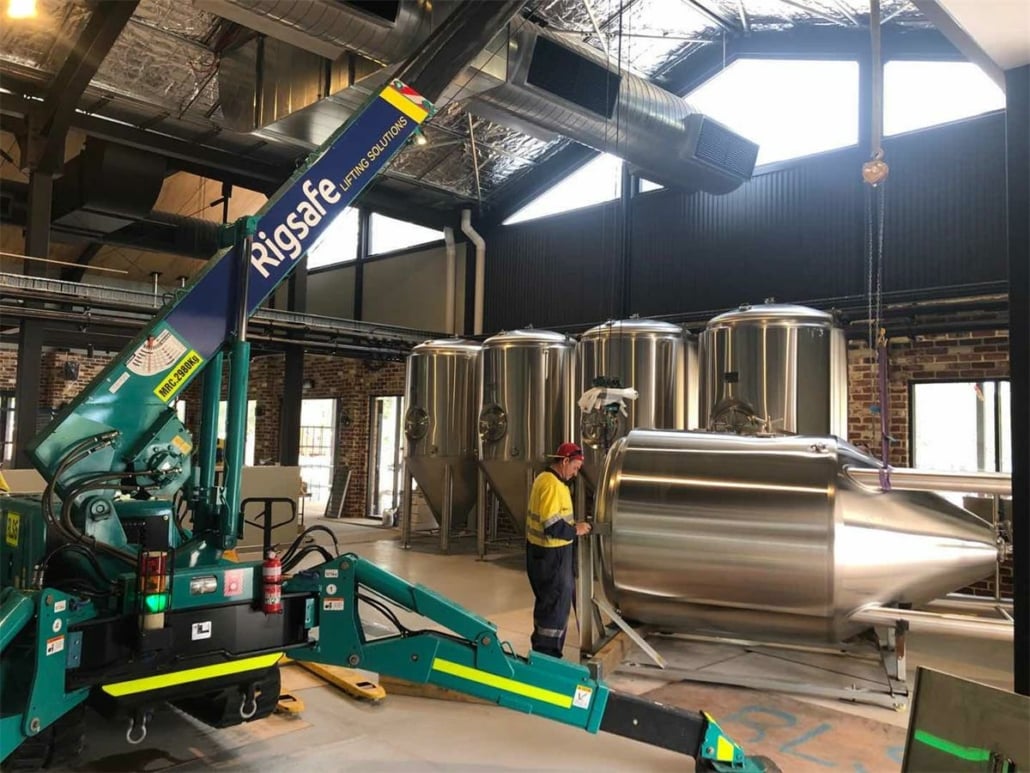
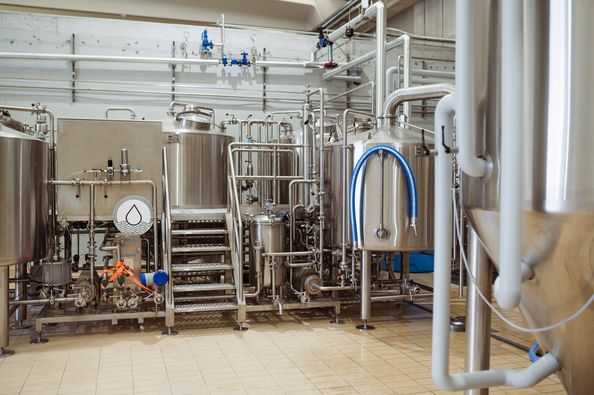
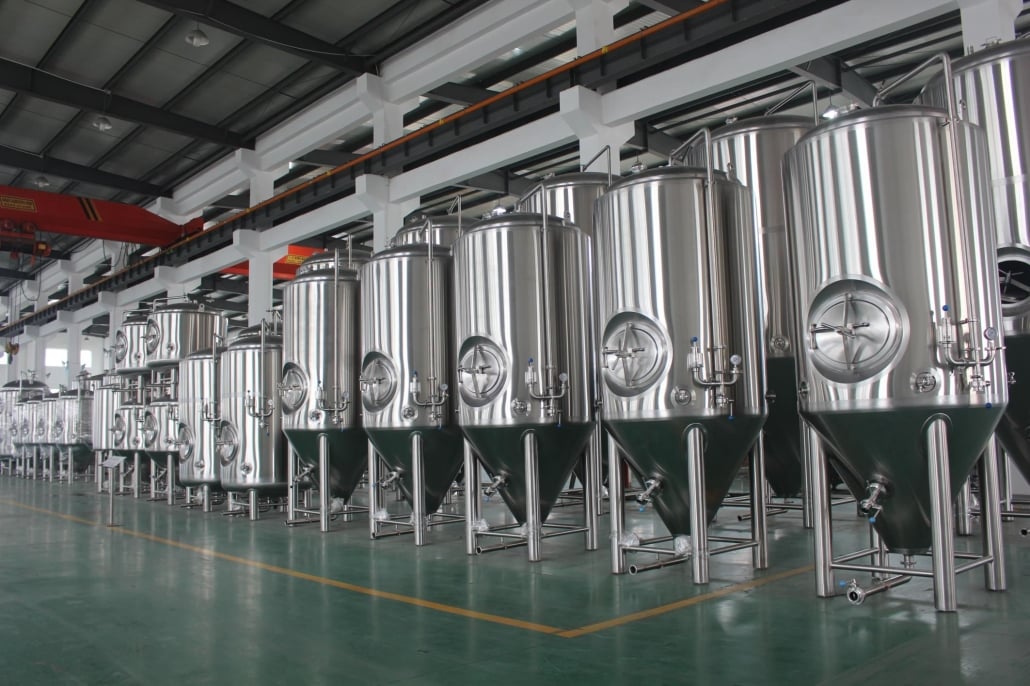
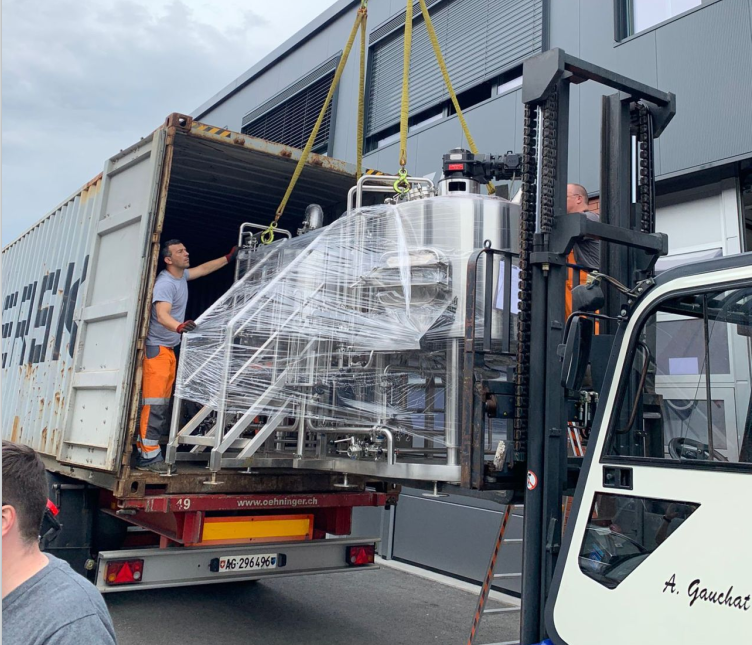
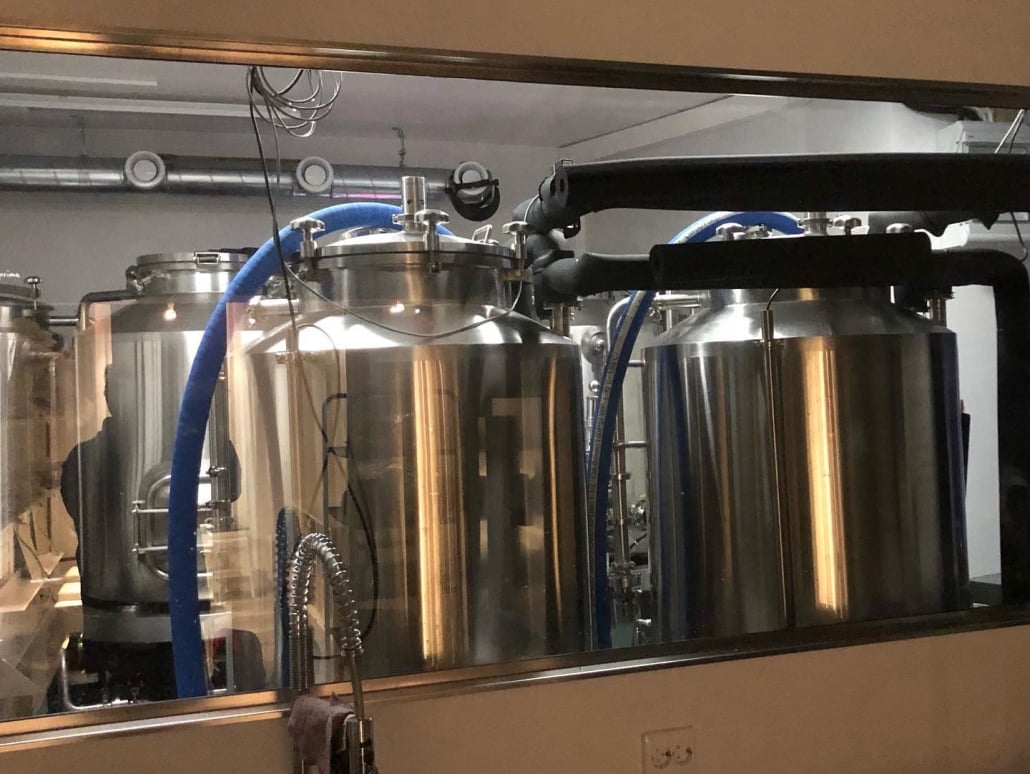
Core Parameters to Consider When Selecting Beer Canning Equipment
Here’s a table breaking down the essential parameters you should factor into your decision-making.
| Parameter | Description |
|---|---|
| Can Size Compatibility | Ensure flexibility for 12oz, 16oz, and specialty cans |
| Filling Accuracy | Crucial for consistency, legality, and customer satisfaction |
| Seaming Integrity | Affects shelf life and leakage resistance |
| CO2 Purging Capability | Reduces oxygen pickup, preserves taste and aroma |
| Throughput Speed | Must match or exceed production expectations |
| Footprint & Space Needs | Impacts installation feasibility and workflow optimization |
| Ease of Maintenance | Less downtime, lower maintenance costs |
| Automation Level | Impacts labor needs and scalability |
| Software Integration | Helps with batch tracking and inventory systems |
| Noise & Vibration Control | Important for operator comfort and compliance |
Maintenance & Operation Tips
Just like your fermenters or kegs, beer canning machines need love and care. But don’t worry, keeping them in top shape doesn’t have to be a chore. First off, always follow the manufacturer’s cleaning protocol—many newer machines have built-in CIP systems that make sanitizing a breeze.
Check your seaming heads regularly. These are the unsung heroes that keep beer where it belongs: in the can. Poor seams can spell disaster on shelves. Also, keep an eye on fill levels and CO2 purging settings to prevent unwanted oxidation.
Lubricate moving parts, inspect air lines, and recalibrate fill sensors monthly. Like tuning a guitar, the more attention you give, the better your machine performs. And hey, happy machines make for happy beer drinkers.
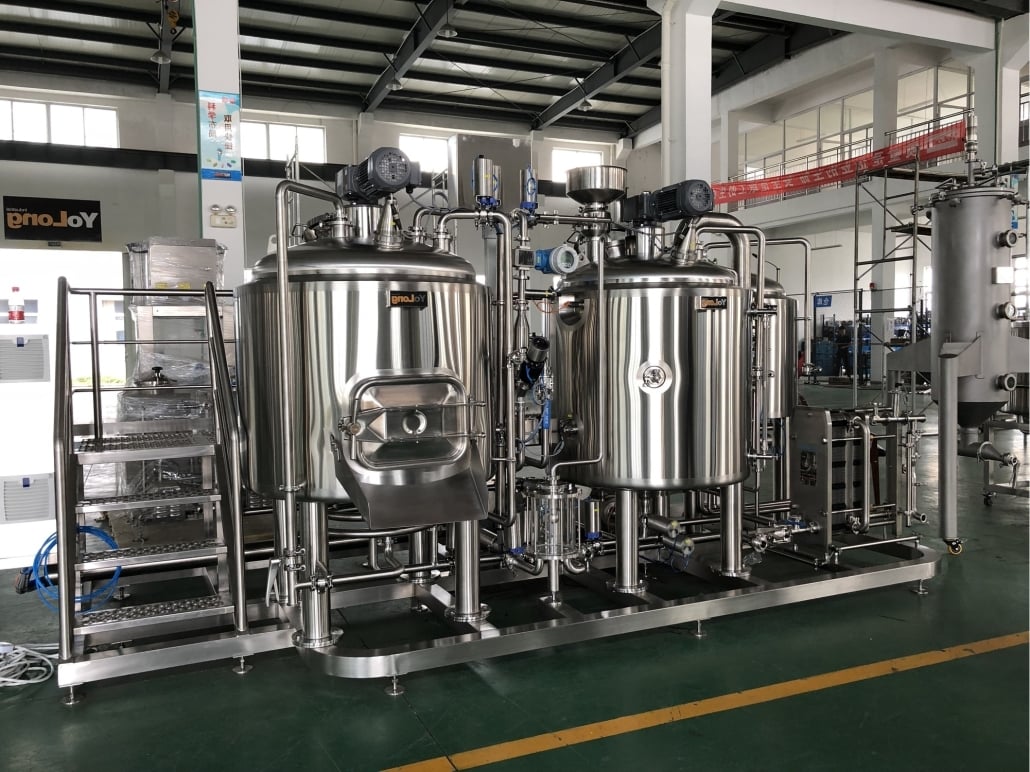
FAQs
| Question | Answer |
|---|---|
| What’s the best canning machine for a small craft brewery? | The Oktober SL1 is budget-friendly, compact, and great for limited batches. |
| Can I upgrade my manual canning machine later? | Yes, many systems like Wild Goose and Twin Monkeys offer modular upgrades for scalability. |
| Are beer cans better than bottles? | Generally yes. Cans block light, seal tighter, and are more eco-friendly and portable. |
| How much space do I need for a full canning line? | Anywhere from 6 sq ft for manual setups to over 30 sq ft for full-auto industrial machines. |
| What’s the typical cost of a quality beer canning machine in 2025? | Prices range from $6,000 for manual units to $120,000+ for advanced automated systems. |
| Do I need a separate labeling machine? | Not always. Some canning systems integrate label applicators; others require separate units. |
| How do I maintain a beer canning machine? | Regular cleaning, calibration, seam checks, and part lubrication are key to longevity. |
Additional FAQs on Beer Canning Machines (2025)
1) What total package oxygen (TPO) should I target on a craft canning line?
- Aim for 30–150 ppb TPO on finished cans. Hitting the low end requires effective CO2 purging, short foam-on-beer time, proper fill heights, and validated seams.
2) How often should I check seam integrity and what tools do I need?
- Verify seams at start-up, after changeovers, and every 30–60 minutes during runs. Use a micrometer or seam analyzer to measure cover hook, body hook, overlap, and tightness; periodically cut-and-peel seams.
3) Can one canning machine handle multiple can sizes (12 oz, 16 oz, sleek)?
- Yes, if the system supports quick-change parts. Confirm availability of change parts for can height/diameter, starwheels, seamer tooling, and recipe profiles.
4) What upstream and downstream equipment most impacts line efficiency?
- Upstream: bright tank carbonation stability and consistent temperature (0–2°C). Downstream: depalletizer, rinser/dryer, date coder, labeler/sleever, and packoff tables or case erectors; bottlenecks here cap real CPM.
5) Is counter-pressure filling always better than atmospheric filling?
- Counter-pressure typically yields lower oxygen pickup and better CO2 retention at higher speeds. Atmospheric can be sufficient at small scales if CO2 purging, fill foam control, and seam quality are dialed in.
2025 Industry Trends for Beer Canning Machines
- Low-oxygen by design: Multi-stage CO2 purge, foam control, and shielded fill environments become standard even on sub-50 CPM systems.
- Smart QC: Inline sensors for fill height, vacuum/pressure verification, and networked seam analytics support real-time adjustments.
- Compact automation: More semi-auto skids integrate depal, rinser, filler/seamer, coder, and packoff in <25 sq ft footprints.
- Sustainable operations: Rinse-water recapture, oil-free pneumatics, and lower energy draw per can; recyclable-compatible label adhesives for MRF acceptance.
- Easy changeovers: Tool-less change parts and recipe-driven HMI reduce size changeover times to under 15–30 minutes.
Key 2025 Canning Line Benchmarks
| KPI | Typical Range/Target | Why it matters |
|---|---|---|
| Throughput (craft lines) | 10–100 CPM | Matches brewery scale and demand |
| TPO (finished cans) | 30–150 ppb | Shelf life and flavor stability |
| Dissolved O2 pre-fill | <30–50 ppb | Baseline for low TPO |
| Seam overlap | 45–70% (spec-dependent) | Leak prevention and integrity |
| Underfill rate | <0.5% | Compliance and margin protection |
| Changeover (12–16 oz) | 15–45 minutes | Uptime and SKU agility |
| Labor per 1,000 cans | 0.5–1.5 hours | Cost efficiency |
| Product temp at fill | 0–2°C (lager/IPA) | Foam control and CO2 retention |
Selected sources: Brewers Association Packaging Best Practices; Can Manufacturers Institute (seaming/handling); ASBC Methods of Analysis (DO/TPO); OEM tech notes (Wild Goose, Codi, Twin Monkeys, PSA/Angelus); industry press 2024–2025.
Latest Research Cases
Case Study 1: Counter-Pressure Upgrade Cuts TPO by 55% (2025)
- Background: A 30 CPM atmospheric line saw variable shelf life on hop-forward SKUs.
- Solution: Upgraded to counter-pressure filler with dual CO2 purge, optimized fill heights/foam control, added inline DO/TPO checks and scheduled seam verification.
- Results: Median TPO dropped from ~180 ppb to ~80 ppb; sensory shelf life extended 3–4 weeks at 4°C; underfills reduced from 1.1% to 0.3%.
Case Study 2: Quick-Change Parts Drive SKU Flexibility (2024)
- Background: Taproom-focused brewery needed fast switches between 12 oz and 16 oz cans for limited releases.
- Solution: Implemented tool-less change parts, HMI recipes, and standardized labeler/sleever settings; trained crew on a 12-minute changeover SOP.
- Results: Changeover time cut from 48 minutes to 18 minutes; weekly output rose 14% without additional labor; scrap during changeovers down 40%.
Expert Opinions
- Mary Pellettieri, QA Consultant; Author of “Quality Management for Craft Beer”
- Viewpoint: “Canning success comes from measuring oxygen and seams as rigorously as you brew—TPO and seam data should be reviewed every run.”
- Tom Shellhammer, Ph.D., Professor of Fermentation Science, Oregon State University
- Viewpoint: “Lower TPO and colder fill temperatures are the quickest wins for hop aroma retention in packaged beer.”
- David Racino, Co-founder & CEO, American Canning (industry practitioner)
- Viewpoint: “Design for flexibility—quick-change parts and integrated coding/labeling keep small producers competitive across SKUs.”
Practical Tools and Resources
- Brewers Association Packaging Best Practices: https://www.brewersassociation.org
- ASBC Methods of Analysis (DO/TPO): https://www.asbcnet.org
- Can Manufacturers Institute (cans, seaming guidance): https://www.cancentral.com
- OEMs and specs: https://wildgoosefilling.com | https://www.codimfg.com | https://twinmonkeys.net | https://www.oktoberdesign.com | https://psangelus.com
- QA instruments (DO/TPO, density, CO2): https://www.anton-paar.com
- ProBrewer packaging forum (seams, fillers, DO): https://www.probrewer.com
Implementation tip: Before purchase, request filler/seamer P&IDs, oxygen spec at defined conditions, seam setup guides and tolerances, changeover part lists with time studies, CIP/SIP instructions, and utilities (air/water/electrical) plus line layout drawings to validate footprint and ergonomics.
Last updated: 2025-09-29
Changelog: Added 5 targeted FAQs, 2025 trends with KPI table, two canning case studies on TPO reduction and quick-change agility, expert viewpoints, and vetted tools/resources with implementation tips
Next review date & triggers: 2026-03-31 or earlier if OEM oxygen/seam specs change, BA/ASBC packaging guidance updates, or new compact automation solutions materially shift CPM/cost benchmarks
Share this entry
Interested in learning more about Brewing Systems including additional details and pricing information? Please use the form below to contact us!
YOLONG BREWERY EQUIPMENT FAQS
- Commercial Brewery / Craft Brewery / Microbrewery / Nanobrewery
- What is The Difference Between Craft Beer and Industrial Beer?
- The Bespoke Differences In Custom Brewing Systems
- Everything You Need to Know About Kettle Souring
- How to Choose Brewing Equipment for Your business?
- How To Choose The-Best Partner To Build Your Commercial Microbrewing System?
- Two Detection Sensors That You Need To Use In Your Brewhouse System
- Remote Control Applications in Brewing Equipment/How does it work?
- How To Clean Your Brand New Brewery Tanks?

